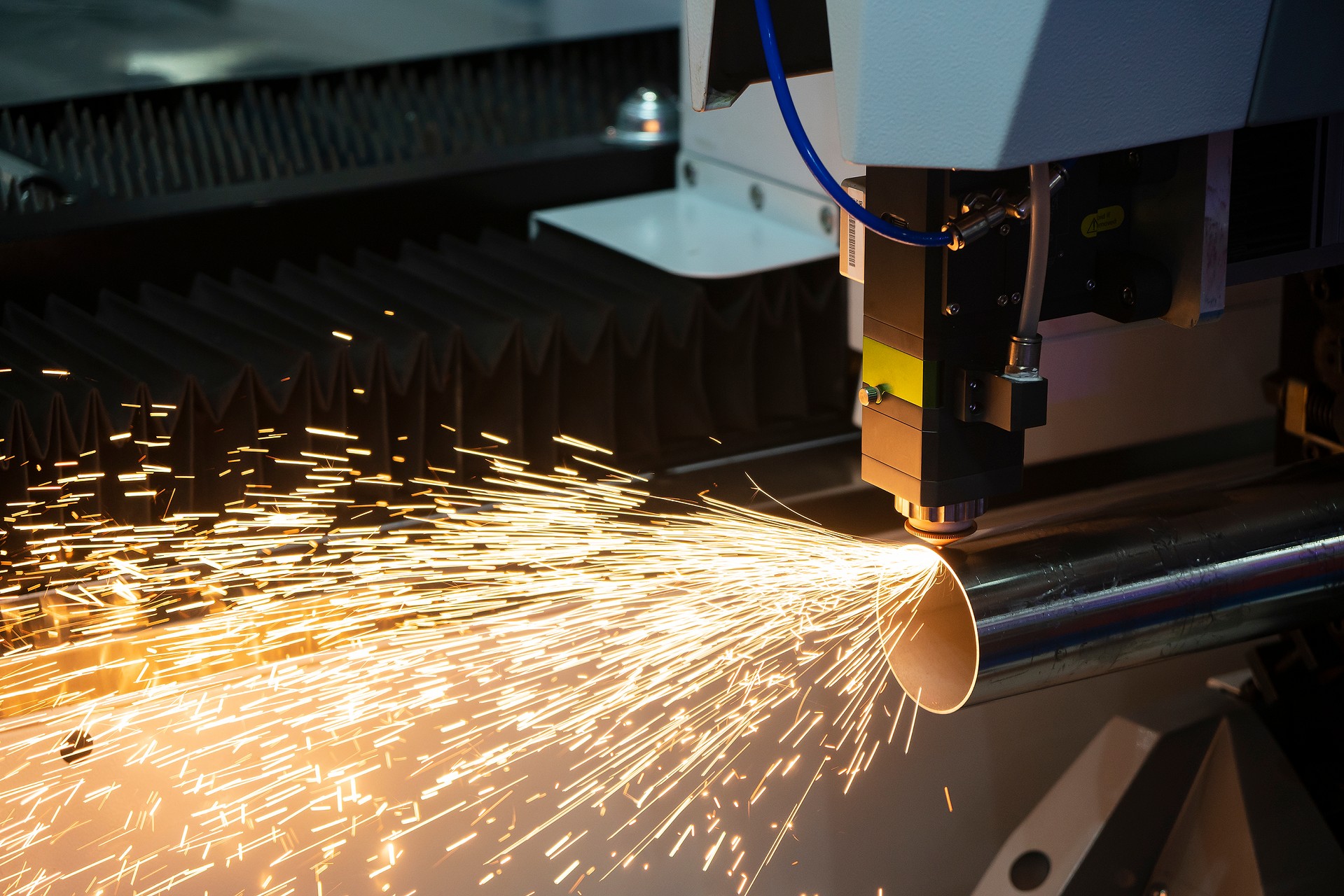The milling machine is a machine tool that uses a multi-edged rotary tool (milling cutter) to cut the workpiece (or work) in the feed. It can do plane, class, shape, curved surface, tooth shape and other processing.
A milling machine is a type of machine tool that is mainly used for metal cutting. The most obvious difference between a milling machine and a lathe is the rotation of the tool, not the rotation of the workpiece. Milling machines usually have at least three axes, X, Y and Z, but can also have additional axes of rotation. Five-axis milling machines have three linear and two rotary axes, allowing cutting tools to operate at 180-degree hemispheres or more.
Introduction of different types of milling machines
Because the different processing types are divided into many types, they can be divided into column knee type milling machine, bed type milling machine, Plano milling machine, special milling machine, etc. According to the position and direction of the main shaft of each form, there are vertical and horizontal types.
Telling about the difference and introduction of special milling machines about a 3-axis milling machine, 4-axis milling machine, and 5-axis milling machine.
- 3-axis milling machine
Generally, the machine tool has only three axes, that is, the workpiece platform can move left and right (1 axis) and back and forth (2 axes). The spindle head (3 axes) is used to cut the workpiece. The three-axis machining is performed by the linear feed axes X, Y, and Z.
- 4-axis milling machine
Install the NC indexing plate (numerical control circular turntable) on the bed of the integrated processing machine, so that it can be used to form a four-axis processing machine with four-axis simultaneous movement according to the rotary axis.
- 5-axis milling machine
The five-axis simultaneous numerical control processing machine is one of the most suitable processing methods for free-form surfaces or composite surfaces. With the demand for high-precision machining and manufacturing of complex geometric shapes such as turbine blades and precision molds, the use of traditional three-axis or four-axis processing machines has been unable to meet the requirements of surface processing in terms of accuracy and validity, so multi-axis machining will be the trend of future machining.
The five-axis machining method consists of linear interpolation movement of any five axes among the feed axes X, Y, Z, and the rotary axes A, B, and C around X, Y, and Z. Its feature is that the tool direction can be optimized during the movement along the entire path, and the tool can be linearly moved at the same time so that the cutting state can be maintained on the entire path.
The biggest difference between the five-axis processing machine and the traditional three-axis processing machine (integrated processing machine) is that the axis of tilt and axis of rotation are installed on the bed table.
Which five-axis is 5-axis milling machine?
X axis:an axis parallel to the mounting surface of the workpiece and moving forward and backward. The direction away from the axis is the positive direction.
Y axis:an axis parallel to the mounting surface of the workpiece and moving left and right.
Z axis:axis perpendicular to the X and Y axes.
A axis:The worktable on the machine can rotate around the X axis.
B axis:The worktable on the machine can rotate around the Y axis.
C axis:The worktable on the machine can rotate around the Z axis, which is 360 degrees.
As shown in Figure 1.
Figure 1: five axis is 5-axis milling machine
Comparison of differences between different types of milling machines
Table 1: Comparison of 3-axis, 4-axis and 5-axis milling machine
| Type |
Feed Axis |
Process |
Processing Characteristics |
| 3-axis |
X axis, Y axis, and Z axis |
workpiece platform can move left, right, front and back, and the three axis of the spindle head is used to cut the workpiece |
the direction of the cutting tool remains unchanged throughout the entire cutting path. The cutting state of the tool tip cannot be perfect from time to time. |
| 4-axis |
X axis, Y axis, Z axis, and A axis |
One more rotation axis than the three-axis milling machine |
Improve the accuracy, quality and efficiency of free space curvature. |
| 5-axis |
X axis, Y axis, Z axis, A axis(B axis), and C axis |
If A axis (B axis) and C axis are linked with XYZ three linear axes, complex spatial curved surfaces can be processed |
Maintain the best cutting state of the tool, improve the cutting conditions, reduce the number of clamping, and complete five-sided machining at a time. |
* Linkage: Two or more axes of CNC machine tool, when one axis moves, the other axis seat moves at a constant speed or periodically.














